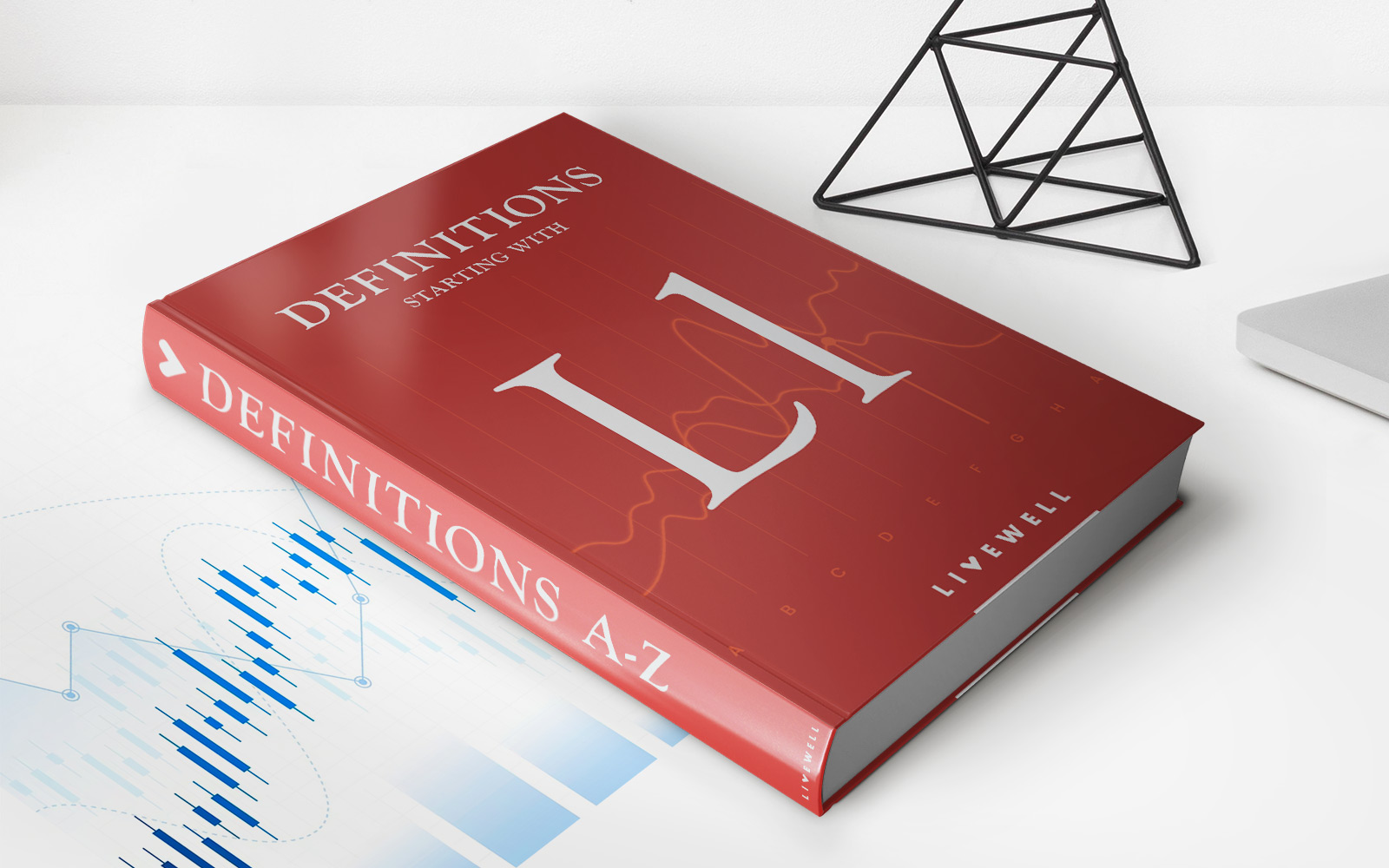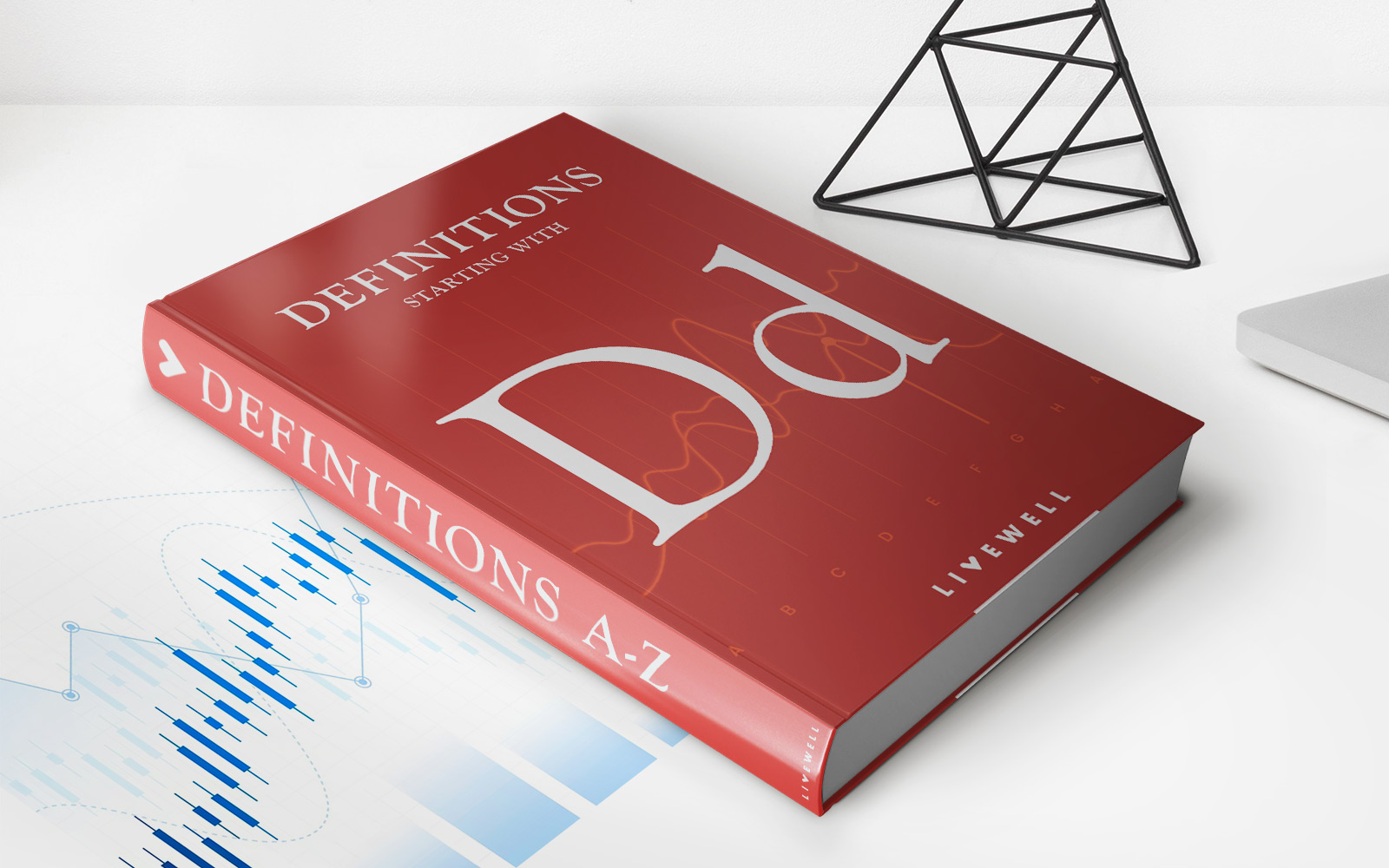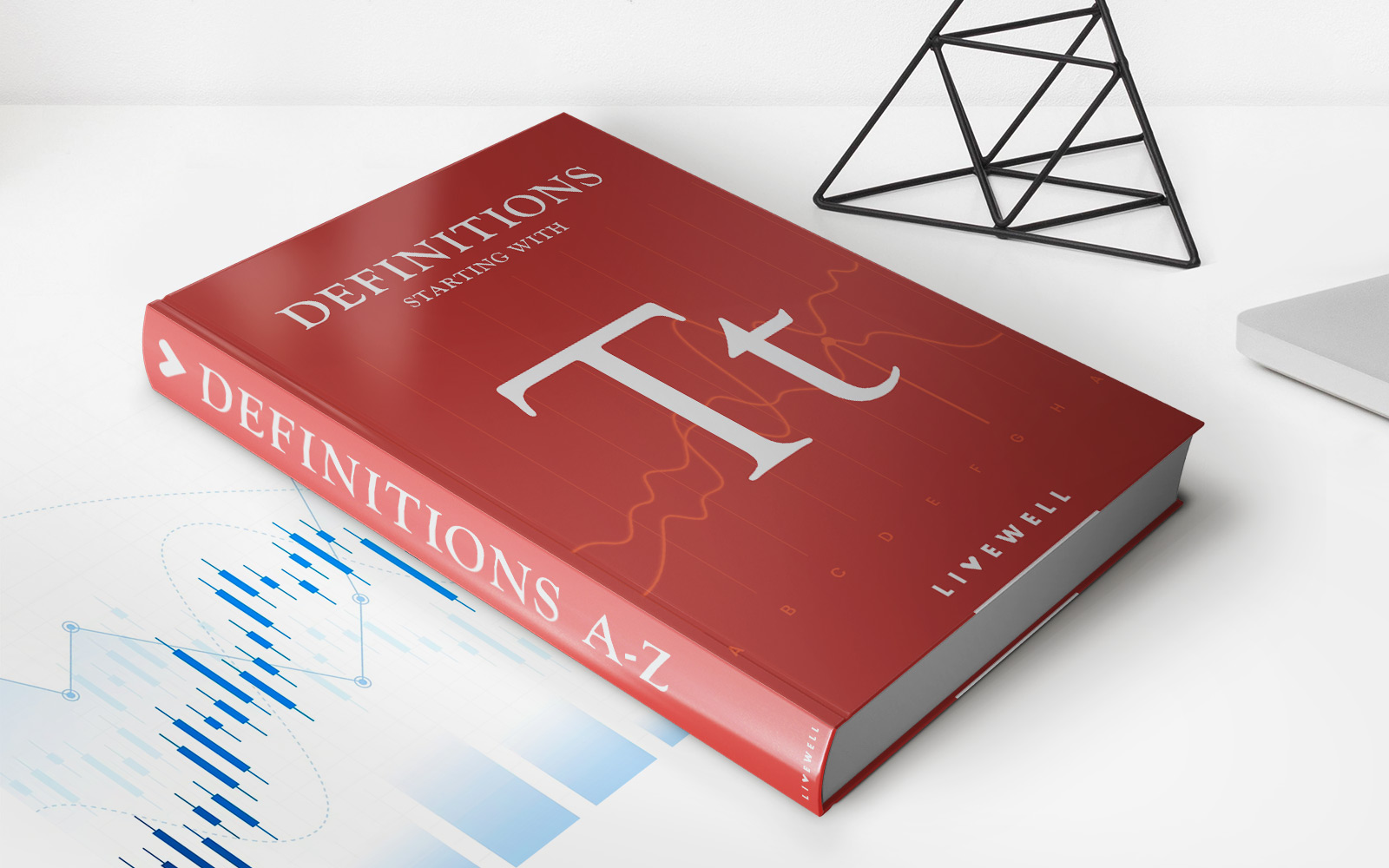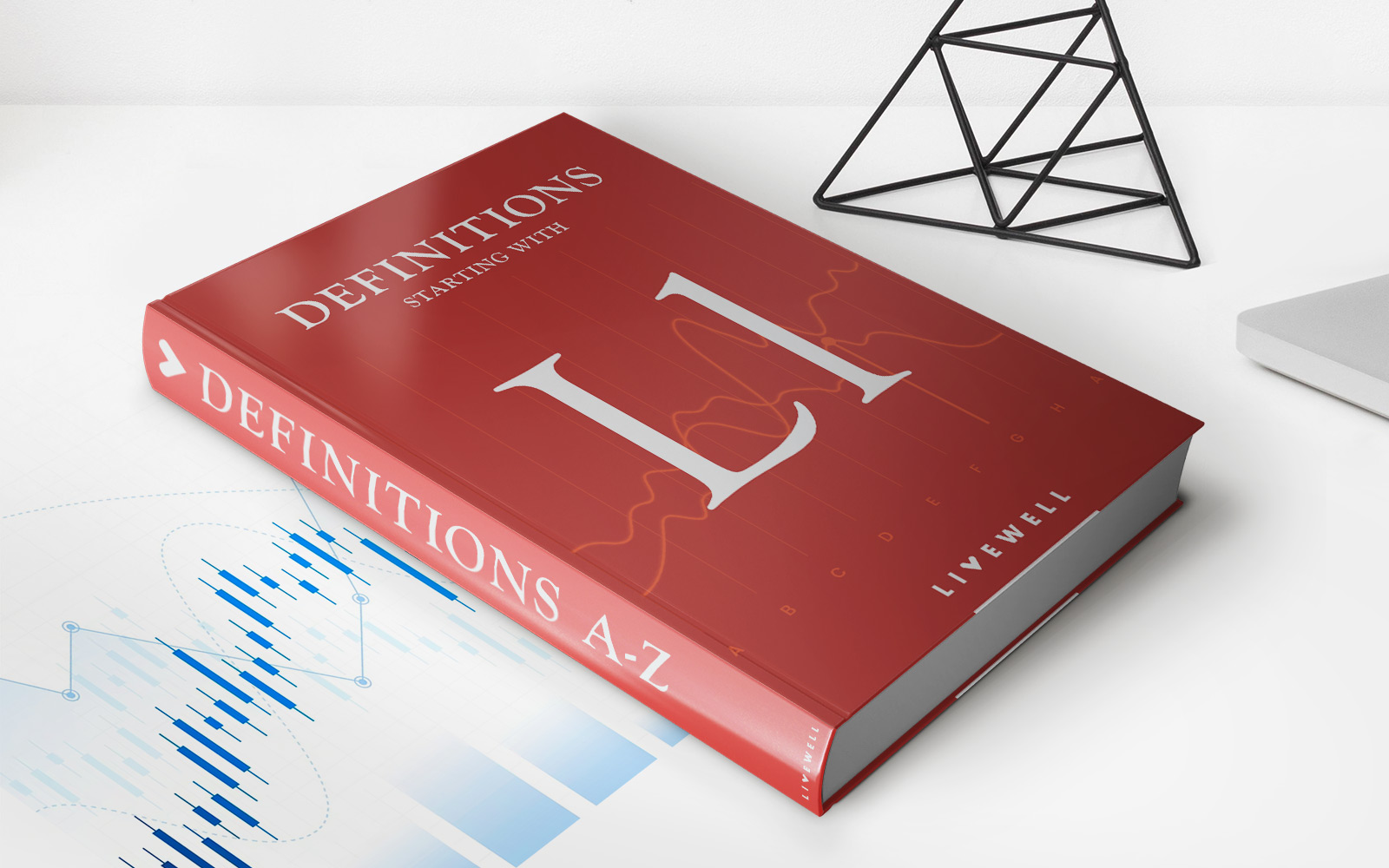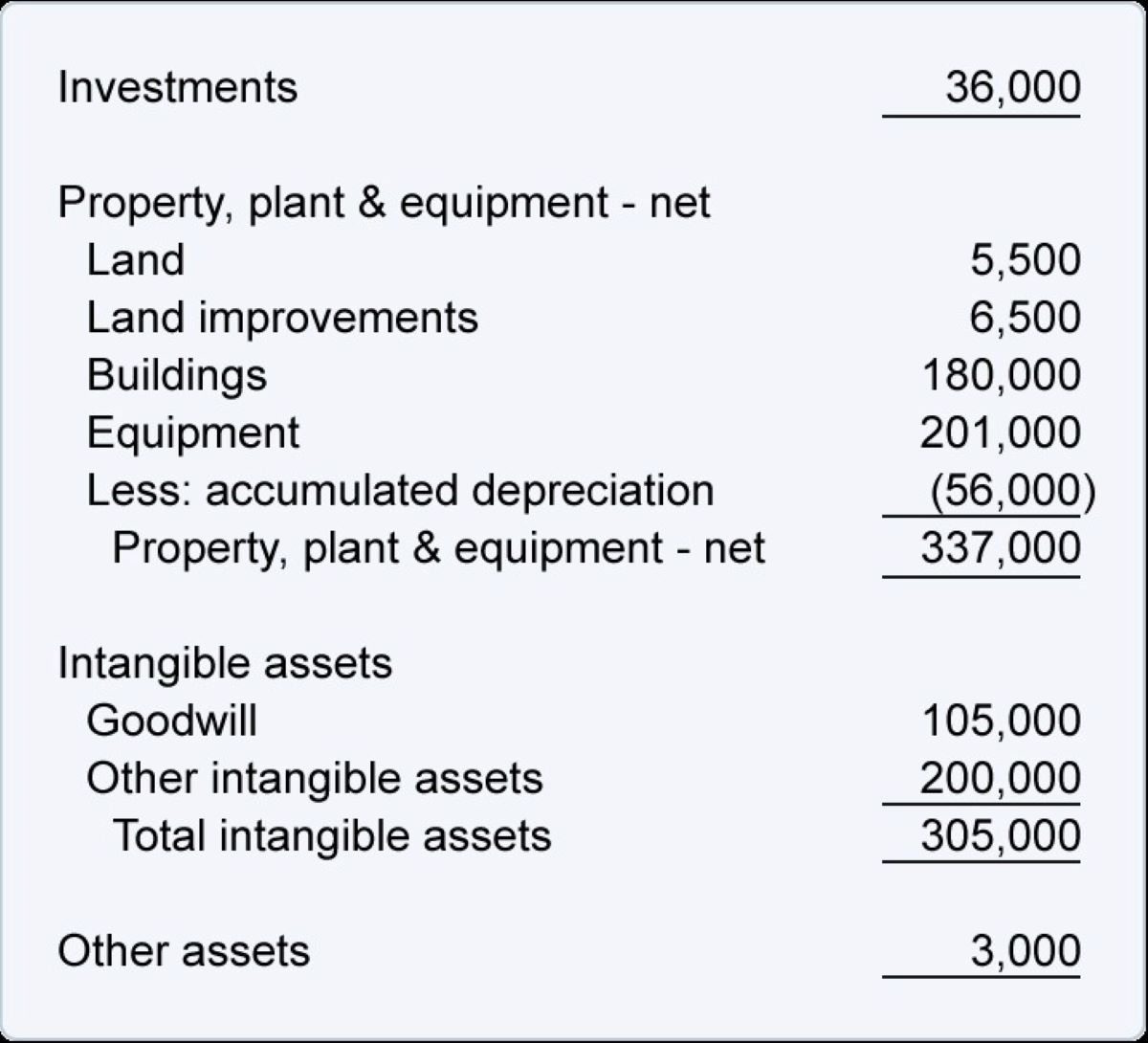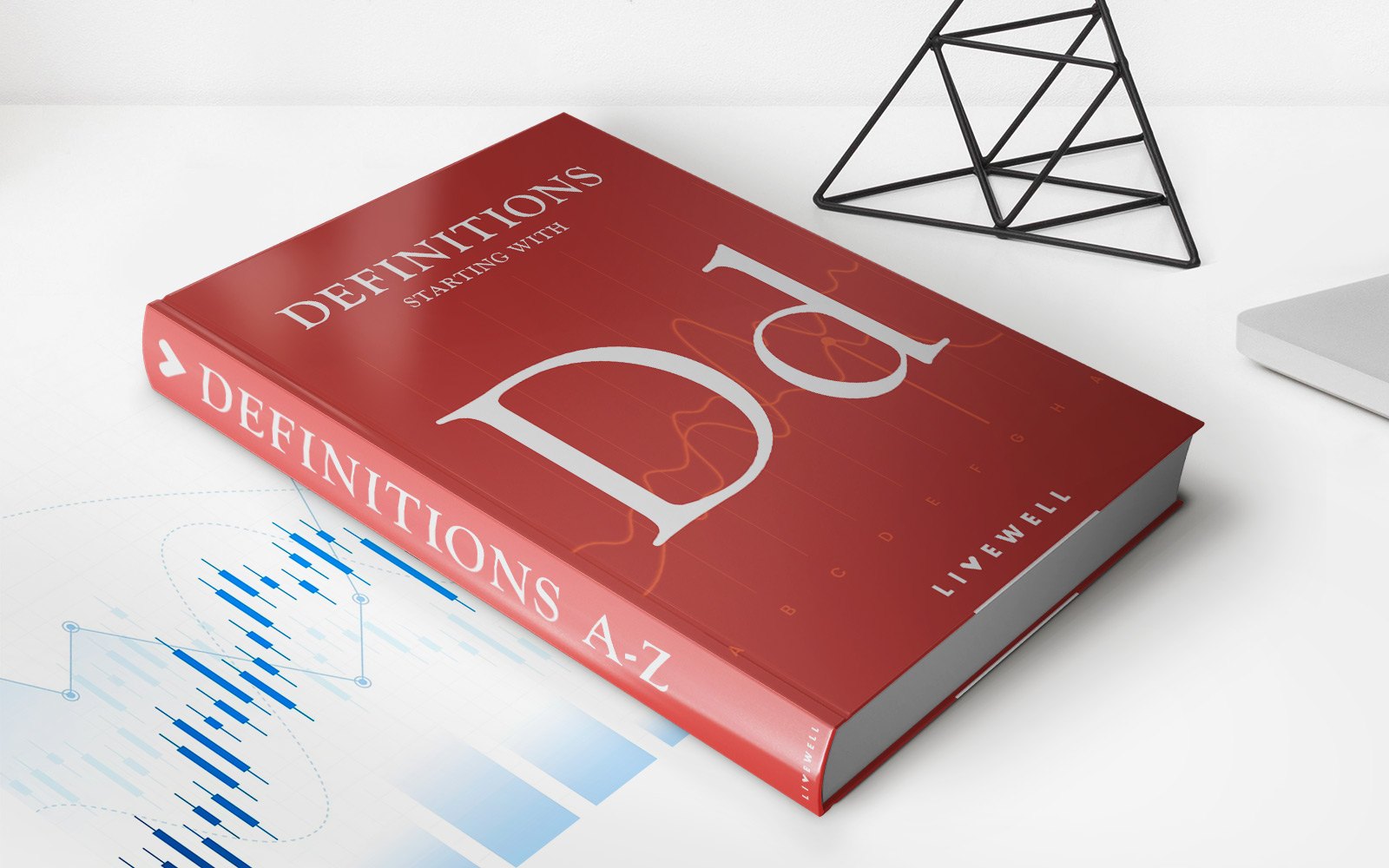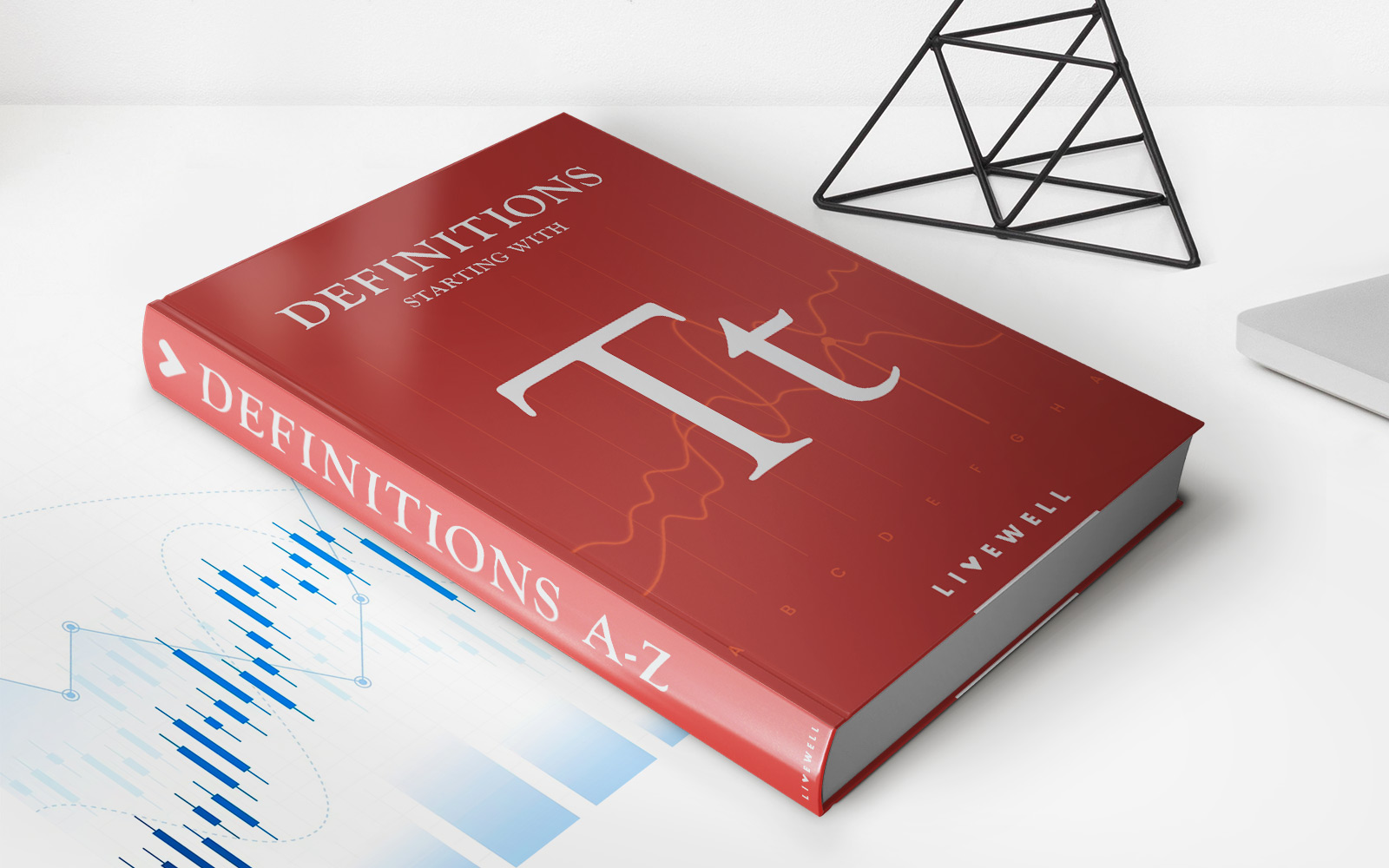Home>Finance>Long-Term Debt-to-Total-Assets Ratio: Definition And Formula
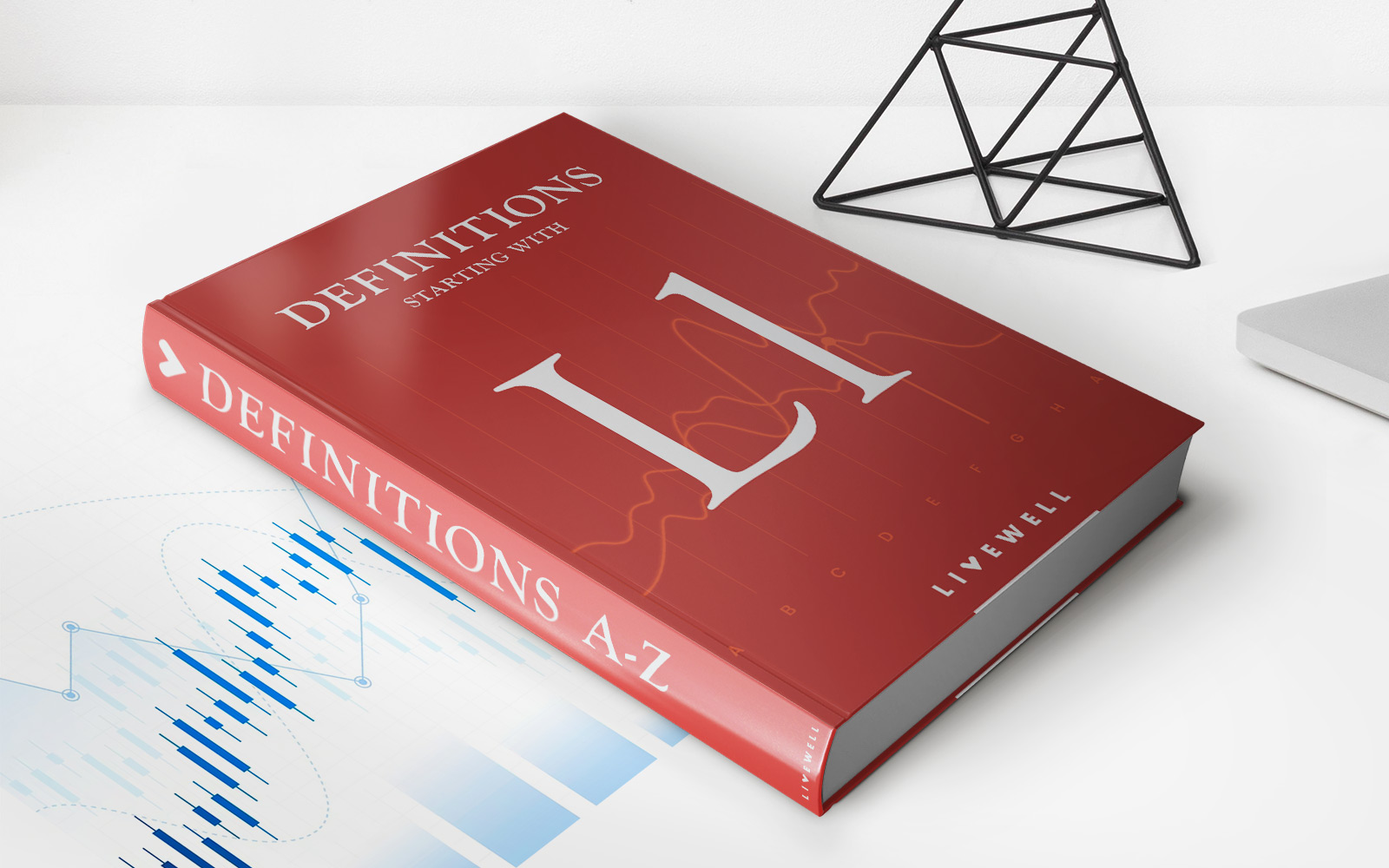

Finance
Long-Term Debt-to-Total-Assets Ratio: Definition And Formula
Published: December 20, 2023
Understand the definition and formula of the long-term debt-to-total-assets ratio in finance. Measure financial health and leverage with this key metric.
(Many of the links in this article redirect to a specific reviewed product. Your purchase of these products through affiliate links helps to generate commission for LiveWell, at no extra cost. Learn more)
Understanding Long-Term Debt-to-Total-Assets Ratio
Welcome to the world of finance! Today, we are going to explore the concept of Long-Term Debt-to-Total-Assets Ratio. If you’re curious about how a company’s long-term debt relates to its overall assets, you’ve come to the right place. So, let’s dive in and uncover what this ratio means and how it is calculated.
Key Takeaways:
- The Long-Term Debt-to-Total-Assets Ratio measures the proportion of a company’s long-term debt compared to its total assets.
- This ratio provides insights into a company’s financial risk, stability, and its ability to pay off its long-term liabilities.
The Definition of Long-Term Debt-to-Total-Assets Ratio
The Long-Term Debt-to-Total-Assets Ratio is a financial metric that measures the proportion of a company’s long-term debt compared to its total assets. In simple terms, it helps to answer the question:
“What percentage of a company’s assets are financed through long-term debt?”
This ratio provides crucial insights into a company’s financial health. It helps investors, creditors, and other stakeholders understand a company’s ability to handle its long-term obligations and overall financial stability. A higher ratio suggests a higher level of financial risk, as a larger portion of the company’s assets are financed through long-term debt.
Now that we have a good grasp of what this ratio signifies, let’s take a closer look at how it is calculated.
The Formula for Calculating Long-Term Debt-to-Total-Assets Ratio
The formula for calculating the Long-Term Debt-to-Total-Assets Ratio is as follows:
Long-Term Debt-to-Total-Assets Ratio = Long-Term Debt / Total Assets
Let’s break down the components of this formula:
- Long-Term Debt: This refers to a company’s debt that is due over a period longer than one year. Examples of long-term debt include bonds, mortgages, and long-term loans.
- Total Assets: This refers to the total value of a company’s assets, including both tangible and intangible assets. Tangible assets are physical assets like buildings and equipment, while intangible assets include patents, trademarks, and goodwill.
By dividing a company’s long-term debt by its total assets, we arrive at the Long-Term Debt-to-Total-Assets Ratio. This ratio is usually expressed as a percentage.
What Does the Long-Term Debt-to-Total-Assets Ratio Tell Us?
The Long-Term Debt-to-Total-Assets Ratio provides valuable information about a company’s financial risk, stability, and its ability to repay its long-term debt. Here’s what different values of this ratio can indicate:
- Low Ratio (0% – 30%): A low ratio suggests that a company has a smaller proportion of its assets financed through long-term debt. This indicates a lower level of financial risk and a higher ability for the company to repay its debt obligations.
- Medium Ratio (30% – 70%): A medium ratio suggests that a company has a moderate level of its assets financed through long-term debt. This indicates a moderate level of financial risk, and the ability to manage long-term debt may vary depending on other factors such as industry norms and profitability.
- High Ratio (70% – 100%): A high ratio suggests that a company has a significant portion of its assets financed through long-term debt. This indicates a higher level of financial risk, as a larger proportion of the company’s assets rely on debt financing. It may also indicate potential difficulties in meeting long-term debt obligations.
It’s important to note that acceptable ranges for this ratio may differ across industries. For example, capital-intensive industries like utilities or manufacturing may have higher long-term debt-to-total-assets ratios compared to service-based industries.
So there you have it! The Long-Term Debt-to-Total-Assets Ratio enables us to gauge a company’s financial risk, stability, and its ability to pay off its long-term liabilities. Keep in mind that this ratio should be analyzed in conjunction with other financial and industry-specific factors to obtain a comprehensive understanding of a company’s financial health.
Now that you understand the concept and calculation method for the Long-Term Debt-to-Total-Assets Ratio, go ahead and put your financial analysis skills to the test!
